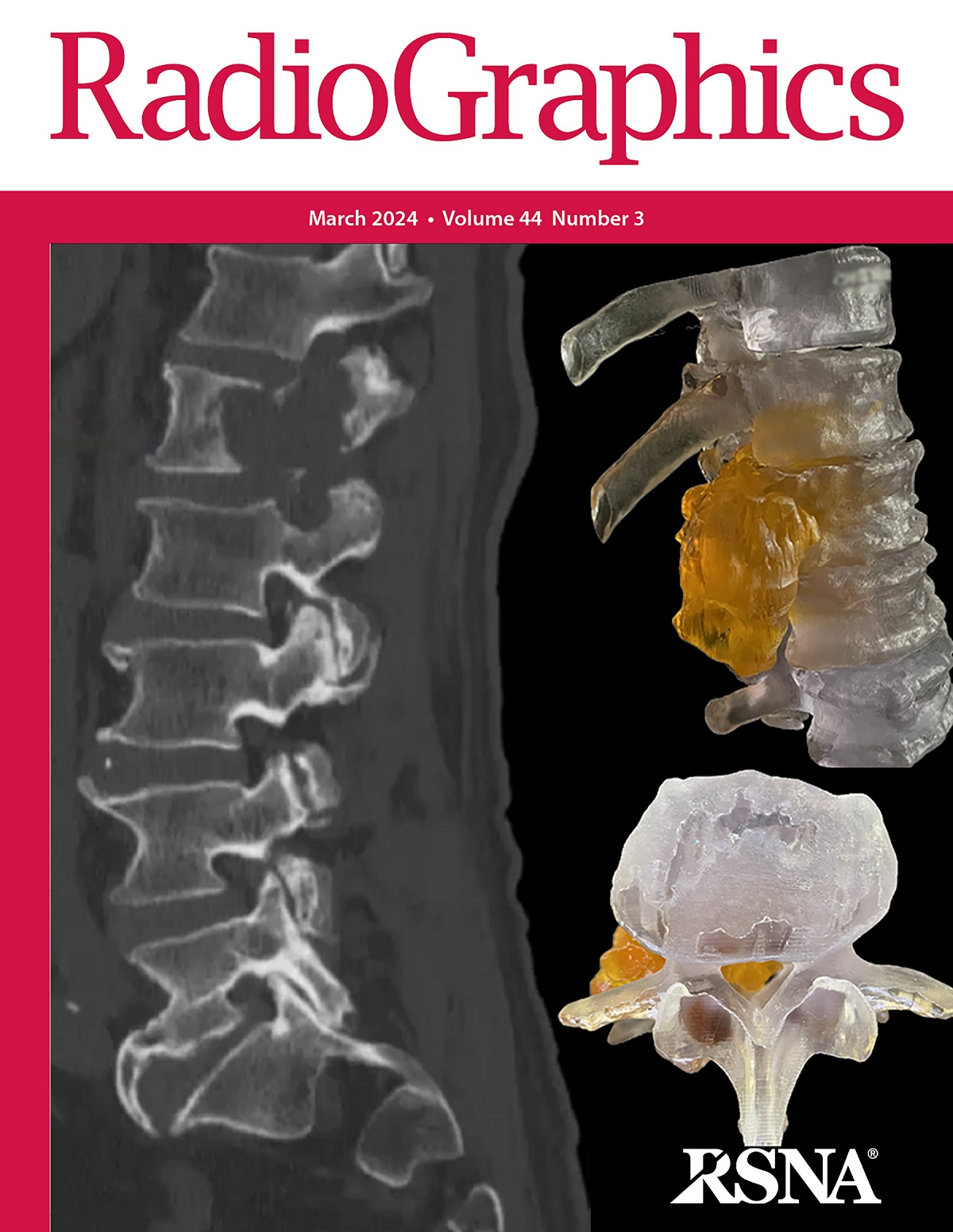求助PDF
{"title":"Molecular Markers in the World Health Organization Classification of Head and Neck Tumors, Fifth Edition.","authors":"Amit Agarwal, Girish Bathla, Alok Bhatt, John Murray, Dinesh Rao, Kanupriya Vijay, Patricia Rhyner, Prasanna Vibhute","doi":"10.1148/rg.240037","DOIUrl":null,"url":null,"abstract":"<p><p>The past decade has seen exponential advancements in molecular markers and the genetics of tumors, recognizing the limitations of conventional histopathology for grading, classification, and prognostication. Such advances have resulted in changes to classification systems, for example, with the incorporation of objective molecular and genetic information into the 2021 World Health Organization (WHO) classification of central nervous system tumors. The fifth edition of the WHO classification of head and neck tumors (HN5) (beta online version, 2022) also introduced major changes based on molecular markers, including additions, deletions, and reclassifications of entities, with the idea of being more objective and standardized. These changes are highly relevant to therapy decisions, prognosis, and clinical research and for patients with resistant diseases to explore options in clinical trials. The HN5, for the first time, included a radiologist as a member of the writing team to incorporate pertinent imaging findings into the classification. It is important for the radiologist, as an integral part of the multidisciplinary team, to be up to date about these changes for a better understanding of tumor biology, to integrate this into their clinical practice, and to provide more value in their interpretations. The authors provide a basic understanding of pathology and genetics for the radiologist, highlighting the molecular changes in epithelial (including squamous cell) and nonepithelial tumors of the head and neck. The authors also highlight newly recognized and reclassified tumor entities and provide a brief discussion on the genetic tumor syndromes. <sup>©</sup>RSNA, 2024 Supplemental material is available for this article. See the invited commentary by Junn and Baugnon in this issue.</p>","PeriodicalId":54512,"journal":{"name":"Radiographics","volume":"44 10","pages":"e240037"},"PeriodicalIF":5.2000,"publicationDate":"2024-10-01","publicationTypes":"Journal Article","fieldsOfStudy":null,"isOpenAccess":false,"openAccessPdf":"","citationCount":"0","resultStr":null,"platform":"Semanticscholar","paperid":null,"PeriodicalName":"Radiographics","FirstCategoryId":"3","ListUrlMain":"https://doi.org/10.1148/rg.240037","RegionNum":1,"RegionCategory":"医学","ArticlePicture":[],"TitleCN":null,"AbstractTextCN":null,"PMCID":null,"EPubDate":"","PubModel":"","JCR":"Q1","JCRName":"RADIOLOGY, NUCLEAR MEDICINE & MEDICAL IMAGING","Score":null,"Total":0}
引用次数: 0
引用
批量引用
Abstract
The past decade has seen exponential advancements in molecular markers and the genetics of tumors, recognizing the limitations of conventional histopathology for grading, classification, and prognostication. Such advances have resulted in changes to classification systems, for example, with the incorporation of objective molecular and genetic information into the 2021 World Health Organization (WHO) classification of central nervous system tumors. The fifth edition of the WHO classification of head and neck tumors (HN5) (beta online version, 2022) also introduced major changes based on molecular markers, including additions, deletions, and reclassifications of entities, with the idea of being more objective and standardized. These changes are highly relevant to therapy decisions, prognosis, and clinical research and for patients with resistant diseases to explore options in clinical trials. The HN5, for the first time, included a radiologist as a member of the writing team to incorporate pertinent imaging findings into the classification. It is important for the radiologist, as an integral part of the multidisciplinary team, to be up to date about these changes for a better understanding of tumor biology, to integrate this into their clinical practice, and to provide more value in their interpretations. The authors provide a basic understanding of pathology and genetics for the radiologist, highlighting the molecular changes in epithelial (including squamous cell) and nonepithelial tumors of the head and neck. The authors also highlight newly recognized and reclassified tumor entities and provide a brief discussion on the genetic tumor syndromes. © RSNA, 2024 Supplemental material is available for this article. See the invited commentary by Junn and Baugnon in this issue.


